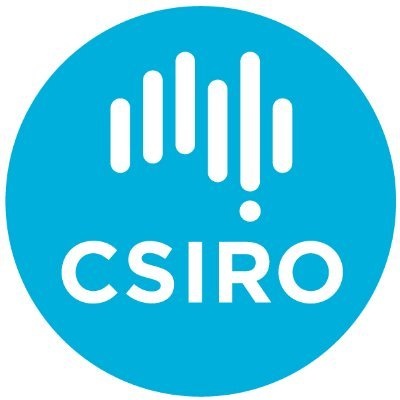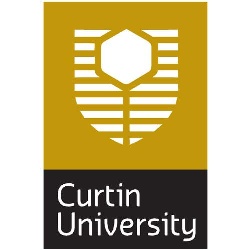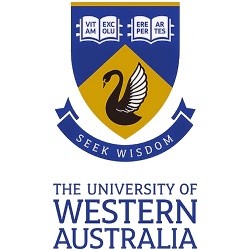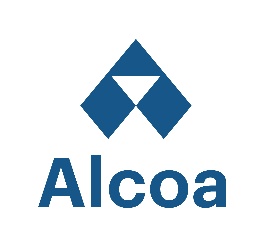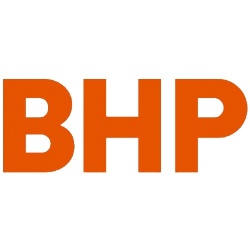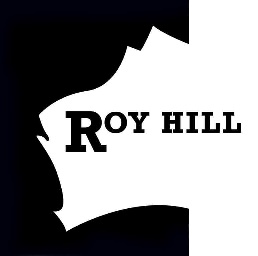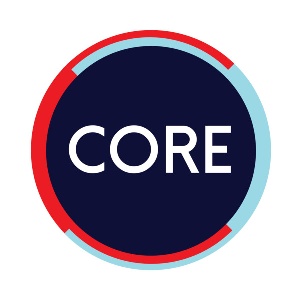Australian Vocabulary Symposium 2022, Canberra, ACT, Australia, 15 to end of 16 Nov 2022
Australian Vocabulary Symposium 2022, Canberra, ACT, Australia, 15 to end of 16 Nov 2022
Manufacturing and engineering organisations store data about equipment in relational databases. Sets of labels used to identify table contents are often specific to an individual company and identical equipment is often described by different labels in different databases across a single company. This situation limits automatic use and reuse of data from different data sets and the exchange of data across organisations, such as between operators of equipment and those that supply or service the equipment. Industry associations and Standards bodies have been active in developing dictionaries, taxonomies and reference data libraries (collectively called Knowledge Organisation Systems) to assist with this issue. These KOS are informed by a substantial knowledge base regarding equipment. There are many KOS to choose from and as a result a new challenge: which KOS(s) to use, and why? This paper describes a number of equipment-related KOS from 1) Engineering Standards including the ISO/IEC common data dictionary (CDD), ISO 15926-4 reference data library for process plants, IFC classes, and MIMOSA Common Conceptual Object Model for asset life data exchange, 2) hierarchical equipment coding systems including the Harmonised System (HS) used for classification of traded products, Common Procurement Vocabulary codes developed by the European Union, Electropedia (a.k.a International Electrotechnical vocabulary) developed by the IEC, and 3) Open source knowledge bases including ConceptNet, and Wikidata. For each KOS technical and practical metadata are provided. The goal of this paper is to support engineers to make informed decisions about which KOS to use, specifically for describing assets and their asset hierarchy.
